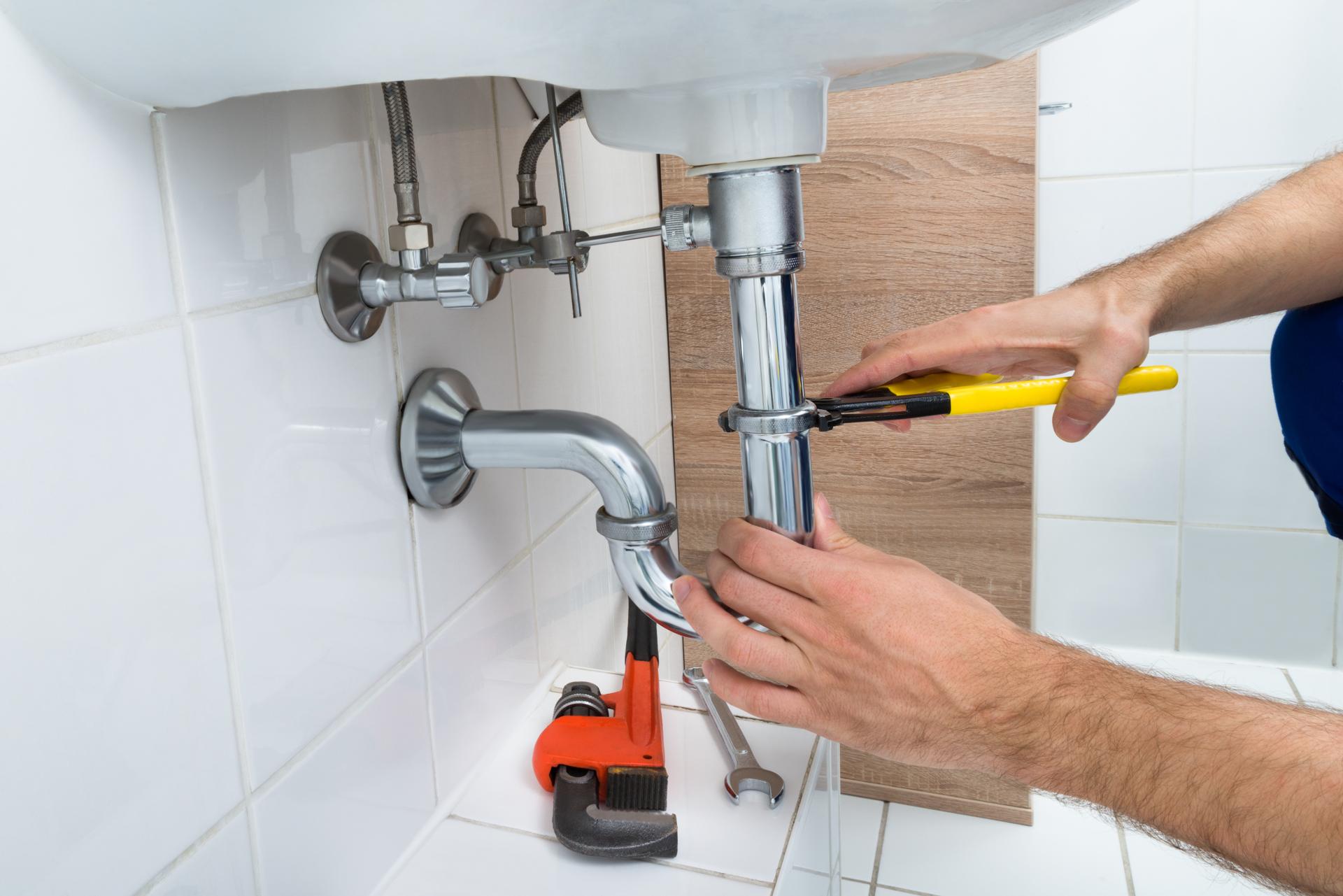Everything You Need to Know About Replacing Your Plumbing

Plumbing is an integral part of every home and provides us with safe water for cooking, drinking, and for cleaning, as well for the disposal of wastewater. However, like any other home appliance plumbing is likely to wear out and require replacement.
Being aware of when it’s time replace your plumbing is essential to avoid expensive repairs and to avoid health hazards. This article will discuss the signs that suggest that your plumbing requires to be replaced, what you should consider prior to replacing your plumbing, the process of replacing your plumbing, the benefits of replacing your plumbing and a FAQ section to address any concerns you might have.
There are signs that it’s time to Replace Your Plumbing
There are many signs that indicate your plumbing is in need of being replaced, for example: Leaks When you notice water stains or puddles around your house, it’s a sign of a plumbing leak. Leaks can cause serious structural damage to your home and lead to mold growth, so it’s essential to take action immediately. Rusty pipes a clear indication that your plumbing requires to be replaced. Rust can contaminate the water you drink which makes it unfit for drinking or cooking. In the event of low water pressure, if your faucets and showerheads produce low flow of water is a sign of low pressure water and can be caused by corroded pipes or blockages. Water discoloration: Discolored water, such as brown or yellow, is the result of sediment or rust in your pipes. It can alter the taste and the quality of your water. It may also be a sign of the need for a plumbing replacement.
Things to consider prior to replacing Plumbing
Before you replace your plumbing there are several things to think about, including: Age of the plumbing system: Plumbing systems last for approximately 50 years, so when your house is over that time, it’s probably time for a replacement. Cost of replacement The replacement of your plumbing may be expensive, so it’s important to budget for the cost. Severity of plumbing problems If the plumbing problems are severe and affecting multiple areas of your home then replacement could be the best choice.
What to Expect During the Plumbing Replacement Process
The process of replacing plumbing involves several steps, including shutting off the water supply: Your plumber will have to stop the supply of water to your residence to prevent any water damage or leaks. Remove old pipes Old pipes need to be removed. This may require cutting into floors or walls. Installing new pipes: New pipes will be installed, which may require rerouting to ensure proper water flow. The time frame for the replacement of plumbing will be based on the size of your property and the difficulty of the job. The homeowners can anticipate some disruption during the process, including water shut-offs as well as damage to walls and floors.
Benefits of replacing plumbing
Replacing your plumbing can provide a variety of advantages, such as: Increased water efficiency Plumbing fittings and pipes can be more effective, which means reducing the amount of water you use and decreasing the cost of your utilities. Improved water quality by replacing older, corroded pipes new ones will improve the quality of your water, making it safer to drink and cooking. Lower risk of plumbing issues New plumbing is less likely to develop leaks or clogs, reducing the requirement for costly repairs in the near future.
Conclusion
The replacement of your plumbing is a major expense, but it’s necessary to ensure your home’s safety and security. By understanding the signs that indicate your plumbing needs replacement, considering the factors before replacement, and knowing what you can expect during the plumbing replacement process, you can make an informed decision about your home’s plumbing. Make sure to remember that replacing your plumbing offers several benefits, including increased efficiency of water, better water quality and less the chance of having plumbing problems in the future.
FAQ Section
How much does it cost to replace the plumbing?
The cost to replace your plumbing will be contingent on several factors, including the size of your home and the difficulty of the task, as well as the type of materials employed. On average, homeowners can expect to shell out between $5,000 and $10,000 for a whole-house plumbing replacement.
How long will it take to repair plumbing?
The timeline for plumbing replacement will depend on the size of your house and the difficulty of the task. Typically, a whole-house plumbing repair can take anywhere from two and four weeks.
Do I need to replace my plumbing if I have an issue with my plumbing?
If you’re experiencing a single leak in your plumbing, it may not be a need for a complete replacement. If you’re experiencing multiple leaks , or detect other indications of plumbing problems, replacing could be the best choice.
Do I have the ability to replace my plumbing on my own?
Replacing your plumbing can be a difficult task that should be delegated to a professional plumber. If you attempt to replace your plumbing yourself could result in costly errors as well as dangers to your safety.
What kind of pipes should I use to replace my plumbing?
There are many types of pipes that are suitable for plumbing replacement, including copper PVC and PEX. Your plumber can suggest the most appropriate type of pipes based on your specific needs and budget. The conclusion is that changing your pipes is a crucial decision that should be made by taking careful consideration. By understanding the signs that tell you that your plumbing is in need of to be replaced, considering the factors before replacement and knowing what you can expect during the plumbing replacement process, you will be able to make an informed choice about the plumbing of your home. A professional plumber can assist you in the procedure to ensure a successful and efficient replacement of your plumbing.
